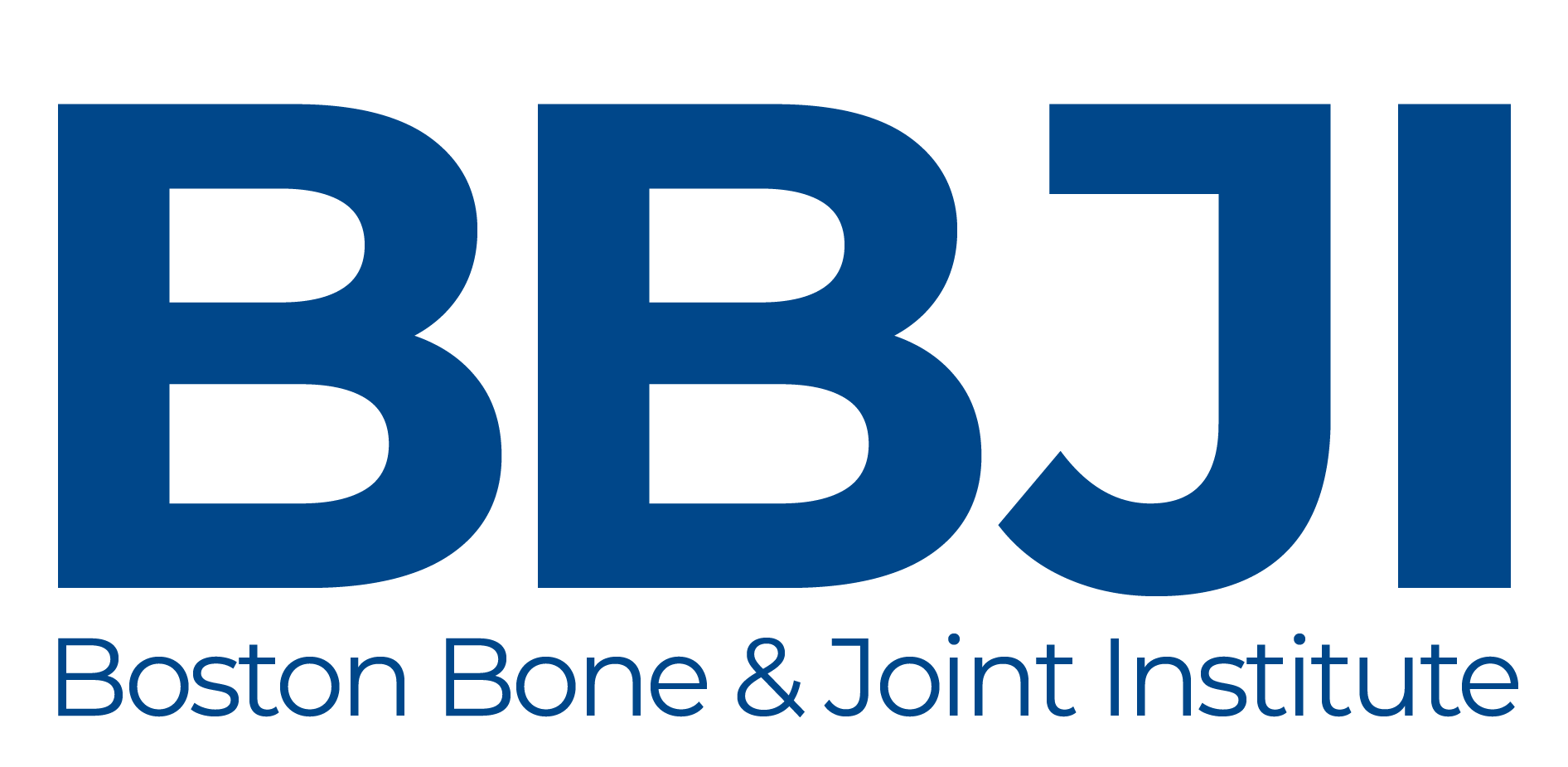

The Spine Center
About the specialty
The human spine, a marvel of biological engineering, comprises 33 vertebrae, each playing a pivotal role in the body's structure and function. These vertebrae are intricately linked, forming the spine's backbone, and are surrounded by multiple layers of muscles that provide support and mobility. Central to each vertebra is a canal that houses the spinal cord, a crucial component of the nervous system, which the vertebrae protect. Branching from the spinal cord are nerves that emerge between each vertebra, playing key roles in sensory and motor functions.
Between each vertebra lies a disc, serving as a cushion or shock absorber, mitigating stress upon the spine. Despite the robustness of this design, the spine and its components are susceptible to injury, often manifesting as pain or symptoms bilaterally due to its symmetric structure. The distribution of these injuries can mirror across different spine sections, underlining a pattern of vulnerability throughout.
Nerves situated between the vertebrae shoulder dual responsibilities: sensation (dermatome) and movement (myotome). Diagnostic tests, including assessments for sharp, dull, and gentle touch, alongside strength evaluations targeting specific muscles, help pinpoint the affected spinal level. These evaluations are vital for accurately diagnosing the extent of an injury, necessitating in-person consultations for comprehensive assessment.
The spine is segmented into three primary regions: the cervical, thoracic, and lumbar spine, each with distinct characteristics and functions.
Cervical Spine: Encompassing the uppermost seven vertebrae (C1-C7), this section boasts a natural lordotic curve, facilitating neck movement and support. The unique design of the first two vertebrae accommodates the specific stresses they endure, distinguishing them from the rest. The cervical spine is instrumental in controlling sensation and movement in the upper body.
Thoracic Spine: Stretching from the 8th to the 19th vertebrae (T1-T12), this region presents a kyphotic curve, essential for torso movement. It's the longest section of the spine, bearing less stress compared to others, thus less prone to injury. However, it's a common site for scoliosis, where abnormal curvatures develop. The thoracic spine governs sensation and movement in the torso.
Lumbar Spine: The lower segment includes vertebrae L1-L5, characterized by a lordotic curve to accommodate the stresses of upright posture. These vertebrae bear significant daily stress, often leading to damage. Due to the proximity of the hip joint, distinguishing the source of pain between these areas can be challenging, sometimes necessitating comprehensive imaging. The lumbar spine is responsible for controlling sensation and movement in the lower body.Each spine segment's unique anatomy and function underscores the complexity and efficiency of the human body's design, highlighting the importance of specialized care and assessment for maintaining spinal health.
Treatments
Degenerative Disc Disease (DDD)
DDD involves the deterioration of the discs between the vertebrae, crucial for shock absorption in the spine. This condition can result from specific injuries or gradual wear and tear over time. Severity of pain varies based on the extent of disc damage, yet the approach to treatment remains consistent. Diagnosis involves correlating clinical symptoms with diagnostic tests, leading to a treatment regimen often centered around physical therapy for non-invasive management.
Low Back Pain (LBP)
LBP presents as a multifaceted issue that significantly impacts daily activities, with various underlying causes. Treatment strategies are tailored to the individual, beginning with an evaluation by Physician Assistants to determine necessary diagnostics and appropriate steps forward. Options range from surgical to non-surgical interventions, depending on the root cause of the pain.
Spinal Stenosis
Spinal Stenosis refers to the narrowing of the vertebral spaces housing the spinal canal, leading to potential neurological symptoms due to the compression. Age-related changes and gradual onset are common, with the lumbar spine being a frequent site of occurrence. This condition is often conceptualized as a form of arthritis or spinal degeneration.
Disc Herniation Cervical
Disc herniation in the cervical region occurs when the nucleus of a disc protrudes through its outer ring, exerting pressure on nearby nerves. This can lead to symptoms like burning, tingling, or numbness, and muscle weakness in the upper extremities. Treatment can vary from conservative measures to surgical intervention, depending on the severity and response to initial therapies.
Disc Herniation Lumbar
Disc herniation in the lumbar region occurs when the nucleus of a disc protrudes through its outer ring, exerting pressure involves the nucleus of a disc bulging out in the lumbar region, affecting the lower extremities with neurological symptoms such as burning, tingling, numbness, and muscle weakness. Both conservative and surgical treatments are considered based on the patient's condition and the impact of symptoms on their quality of life.
Each of these spinal conditions highlights the complexity of spinal health and the necessity for personalized treatment plans to effectively address the specific needs and symptoms of individuals.
At BBJI, our expertise in orthopedics allows us to provide comprehensive care tailored to each patient's unique needs, ensuring a swift and effective recovery from injuries and other orthopedic issues. Our dedicated team is committed to guiding you through the entire healing process, prioritizing open communication and collaboration with all parties involved. Our ultimate goal is to restore your quality of life, helping you return to daily activities with confidence and without pain.



